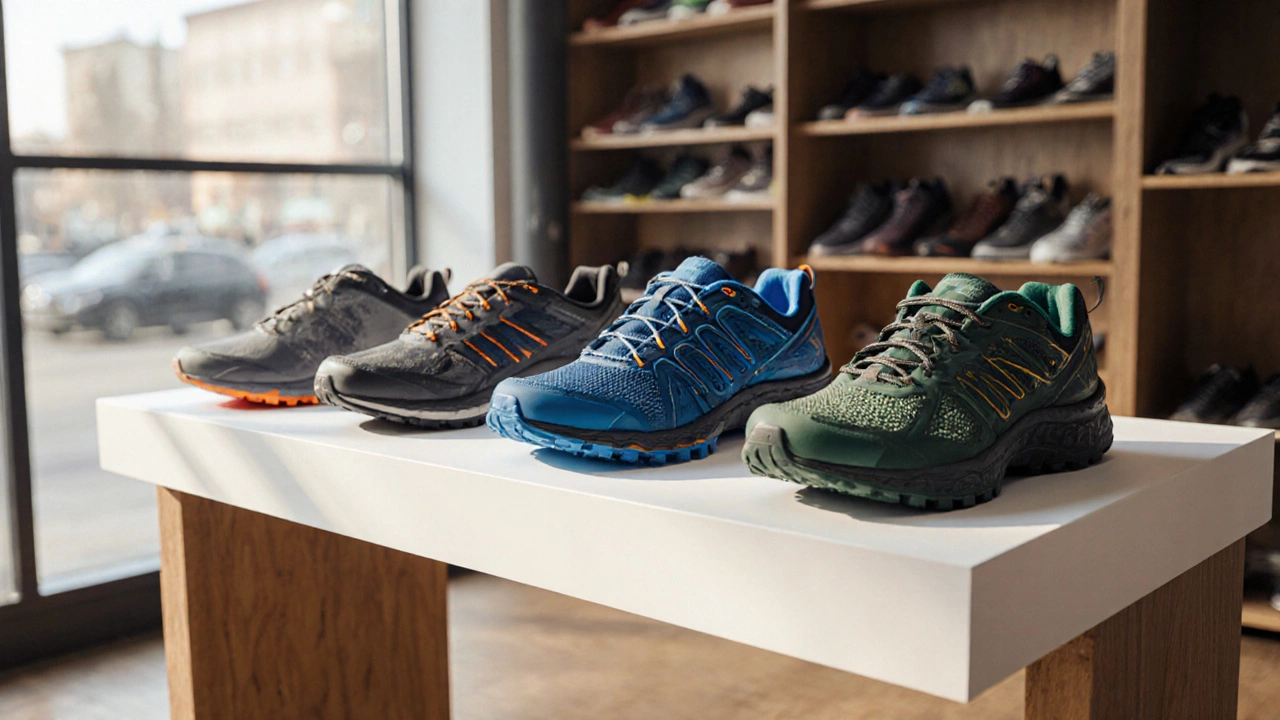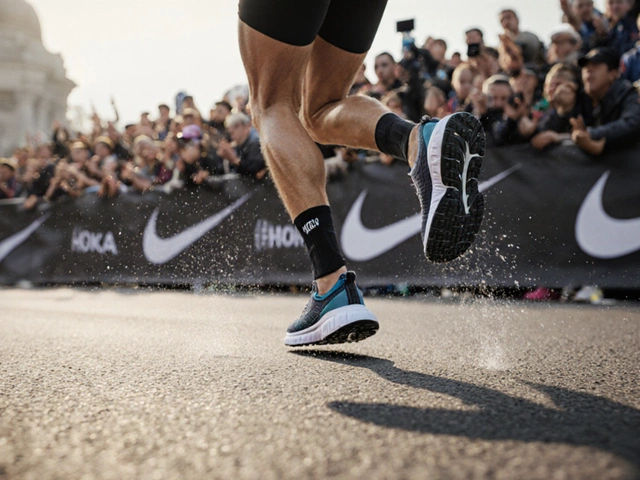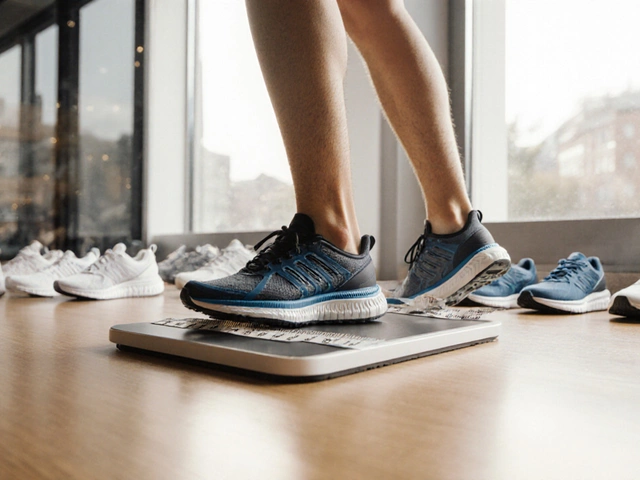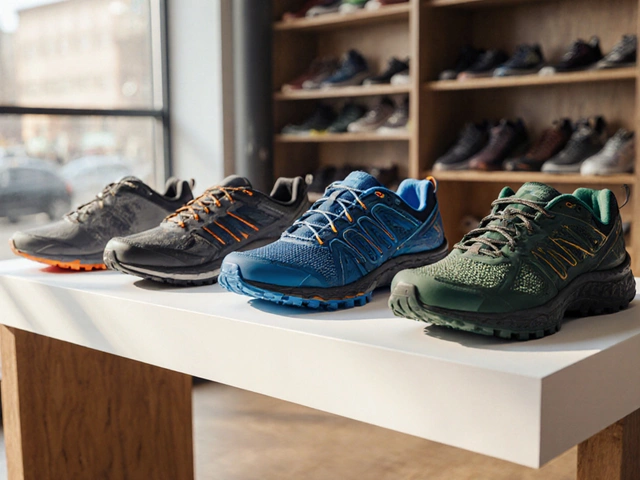When it comes to staying fit, running shoes are a specialized footwear designed to protect your feet and improve performance during runs. Picking the perfect pair feels overwhelming because the market is flooded with terms like "neutral" and "cushioned". This guide breaks down every shoe type, explains how to match them to your gait, and hands you a checklist so you never leave the store guessing again.
Know Your Foot Mechanics Before You Buy
Every runner starts with the same basic motion, but how the foot lands and rolls determines which shoe will keep you injury‑free. The three key concepts are pronation, arch type, and heel‑to‑toe drop (often just called "drop").
- Pronation: the natural inward roll of the foot after heel strike. Overpronation (excessive roll) can cause knee pain, while underpronation (also called supination) leads to ankle strain.
- Arch type: high arches, normal arches, or flat feet. Your arch influences how much support you need.
- Heel‑to‑toe drop: measured in millimeters, it’s the height difference between the heel and forefoot. A larger drop (10‑12 mm) encourages a heel‑strike, whereas a low drop (0‑4 mm) promotes a forefoot landing.
Understanding these three factors narrows the field dramatically. For instance, an overpronator with flat feet will benefit from a shoe that offers motion control, while a neutral runner with a high arch might prefer a lightweight, cushioned option.
Common Types of Running Shoes
Below are the five main categories you’ll encounter in any running‑shoe aisle. Each is built around a specific combination of terrain, support level, and drop.
Road running shoes are designed for paved surfaces. They prioritize lightweight cushioning and a smooth ride.
Trail running shoes feature aggressive outsoles, rock plates, and extra protection for off‑road terrain.
Stability shoes add medial posts or firmer midsoles to curb overpronation.
Neutral shoes provide balanced cushioning without arch support, ideal for runners with a natural gait.
Cushioned shoes emphasize maximum shock absorption, often with plush midsoles for long‑distance comfort.
Some brands also market minimalist shoes, which have a drop of 0‑4 mm and very little cushioning, appealing to runners who want to mimic barefoot mechanics.
Match Shoe Type to Your Runner Profile
- Identify your pronation. Do a simple wet‑foot test or visit a specialty store for a gait analysis.
- Check your arch. Stand on a piece of paper; a full imprint means low arches, a narrow line indicates high arches.
- Pick a terrain. If you mainly hit sidewalks, go for road shoes. If you love forest paths, trail shoes are the safe bet.
- Decide on drop. Heel‑strikers often enjoy a 10‑12 mm drop; forefoot runners prefer 4 mm or less.
- Choose support level. Overpronators: stability shoes. Neutral gait: neutral or cushioned shoes. High arches: cushioned or minimal shoes.
By the end of these steps you’ll have a clear picture of the exact shoe family that fits your biomechanics.
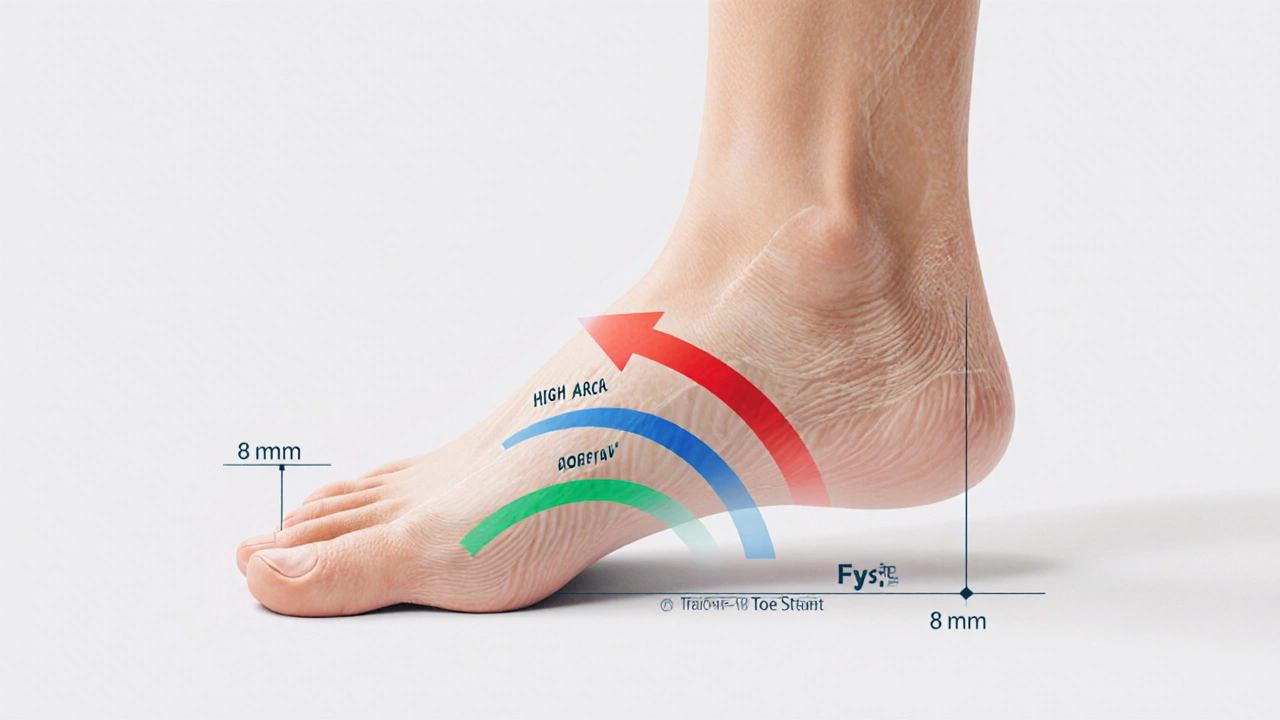
Checklist: What to Look for in a Pair
- Fit: ½ inch of wiggle room at the toe box.
- Weight: Lighter shoes (under 9 oz) boost speed, heavier shoes (10‑12 oz) often mean more cushioning.
- Midsole material: EVA for softness, PU for durability, Boost or GEL for responsive bounce.
- Outsole pattern: Smooth rubber for road, lugged rubber for trail.
- Drop: Confirm the specification on the label or brand site.
- Breathability: Mesh uppers keep feet cool during long runs.
Side‑by‑Side Comparison
| Type | Best Terrain | Support Level | Typical Drop (mm) | Ideal Runner |
|---|---|---|---|---|
| Road | Pavement, treadmill | Neutral to light stability | 8‑10 | Beginners to marathoners who run on hard surfaces |
| Trail | Gravel, mud, roots | Moderate to high stability | 8‑12 | Off‑road enthusiasts, hiker‑runners |
| Stability | Road, light trail | High (medial post) | 10‑12 | Overpronators, flat‑footed runners |
| Neutral | Road, track | Low (no added support) | 8‑10 | Runners with a natural gait |
| Cushioned | Road, long‑distance | Varies (often neutral) | 10‑13 | Distance runners seeking extra shock absorption |
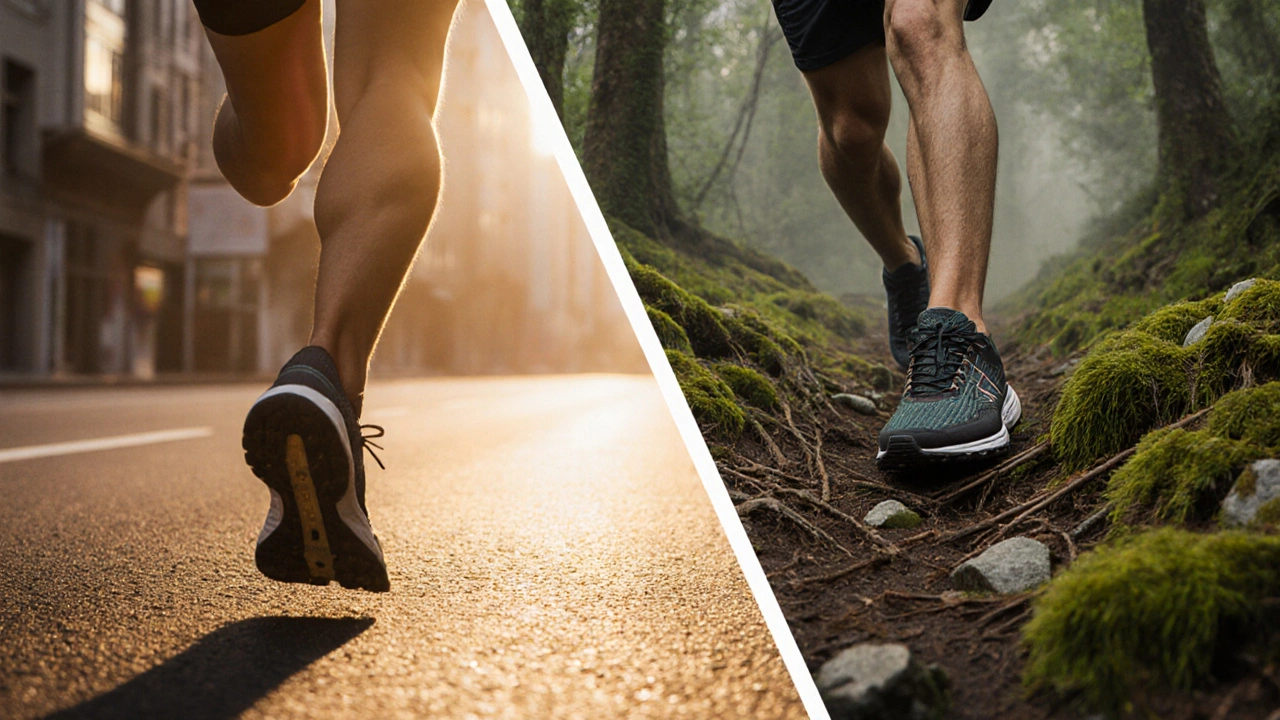
Pro Tips & Common Pitfalls
- Don’t chase trends. The latest hype shoe isn’t automatically the best for you.
- Replace shoes every 300‑500 km. Even the most durable model loses cushioning after that distance.
- Buy a half‑size larger if you plan to run more than an hour; feet swell during long sessions.
- Avoid buying shoes online without a return policy. Fit is personal, and a quick home try‑on can save money.
- Test the shoes on a treadmill or a short outdoor loop before committing to a full‑distance training plan.
Frequently Asked Questions
How often should I replace my running shoes?
Most experts recommend swapping out shoes after 300‑500 kilometers (roughly 200‑300 miles). If you feel a loss of cushioning or notice new aches, it’s time for a fresh pair.
Do I need a different shoe for speed work vs. long runs?
It helps. Lighter, lower‑drop shoes are great for intervals and races, while higher‑cushion models protect your joints during long‑distance mileage.
Can I wear the same shoes for road and trail runs?
Occasionally, but tread wear and protection differ. Trail shoes have rock plates and deeper lugs that add weight on pavement, while road shoes lack the grip needed on uneven surfaces.
What is the best drop for beginners?
A moderate drop of 8‑10 mm works well for most newcomers because it encourages a natural heel‑to‑toe transition without forcing an extreme foot strike.
Should I buy shoes based on brand reputation?
Brand can signal quality, but the fit to your gait matters more. Test shoes side‑by‑side, regardless of logo.
Choosing the right shoes isn’t a one‑size‑fits‑all decision. By understanding your pronation, terrain, and preferred drop, you’ll land on a pair that keeps you comfortable, injury‑free, and ready to hit the next kilometre.
